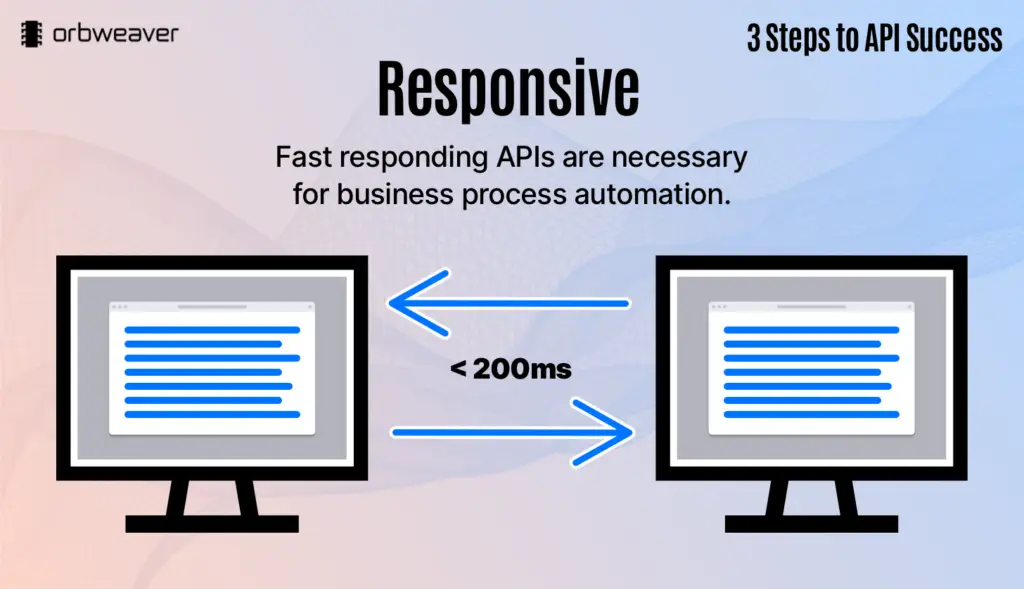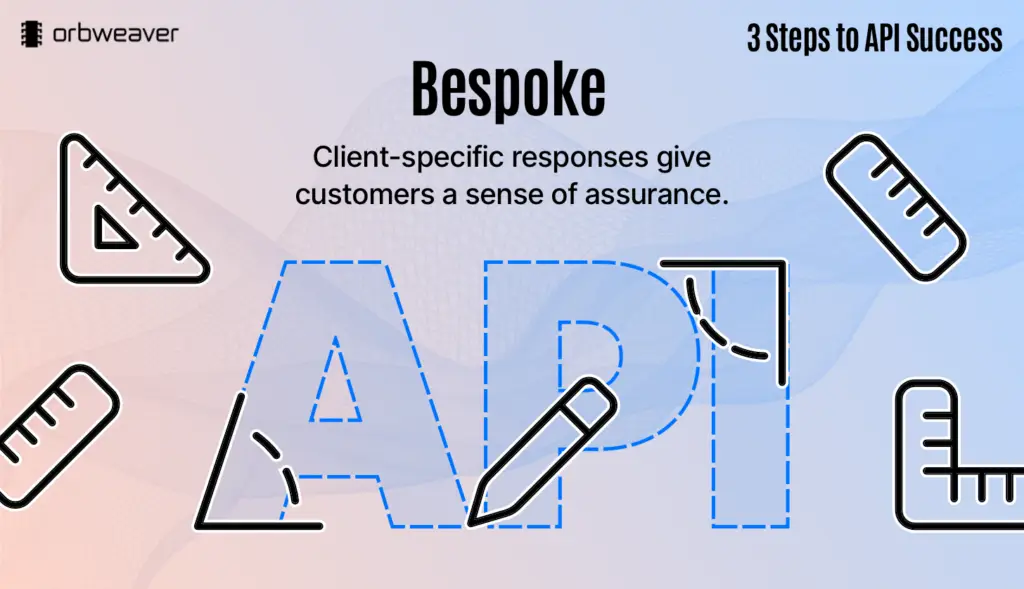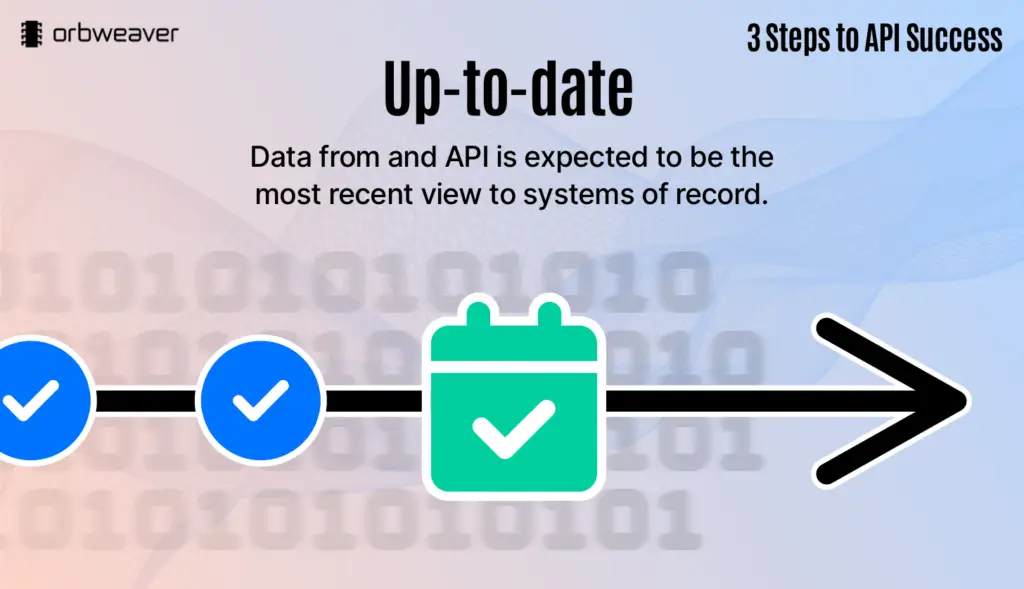3 Things Your API Needs To Succeed
We are no strangers to the world of API, having built many successful ones for the electronic components industry. Here are three things that are needed to deliver a successful API suite.
Responsiveness Has Top-Line Impacts

Almost any API sends data faster than any human can consume it. Even large payloads of several hundred kilobytes can be sent in under a second. That seems like it’s fast enough, but it’s not.
In machine time, 300ms is an eternity. Creating a fast-responding API is not an exercise in specmanship like cell phone camera megapixel counts or optical mouse DPI. Even being 50ms slower than your peers can cost you money.
Consider the example of automated quoting and order placement.
A potential buyer would use automated systems to send BOMs or parts lists out for quoting to all the digitally-enabled suppliers and compile lists of responses. It’s not uncommon to move to the next part in only a couple of hundred milliseconds; any responses slower than that may simply be dropped because the next query is being sent out.
Alternatively, those doing the search can also set very low timeouts because they want to have their total query time to be very low. Either way, no one is sitting and waiting. Even if you have the lowest price, if your API response time isn’t about 100ms, no one sees that low price.
Bespoke Responses Give a Sense of Familiarity

That’s not to mean that you need to have a customized response for everyone with customized payloads. There are ways to give that perception without having to build unique endpoints for everyone. The security around APIs means that everyone consuming your API can be a known, named business partner. The expectation is that the data coming back from this API is “my” data or is relevant to me and what I want to do.
In the case of electronic components, that means that I want to see my price, my leadtime, and my availability. It can be disconcerting to users of APIs when the data they see in the API is the same as what’s online.
You can also deliver a similar sense of familiarity when payloads are limited to the data of interest. Many times, suppliers create APIs that, when queried, return everything and the kitchen sink. Sometimes, that’s a good idea, but not always.
The firehose of data leaves consumers of your API having to pare down and search for the data they need. Implementing a Graph API allows users to select what they see for each use case.
The Data Must Be the Most Up-to-date

It’s not uncommon that the source feeding the data in an API is not the latest and greatest. It is often just a snapshot of the source of truth in the system of record. The result is that there is latency between changes in the source data and when they make it to the API.
This is not an easy problem to solve as the system of record is many times multiple systems of record. Media, parametrics, price, leadtime, etc., are often all housed in disparate systems, and they have to be somehow linked and feed a downstream API. That makes it challenging to ensure that APIs are supplied with the most up-to-date data possible.
Having stale data in your API can erode confidence in the API and might have your customers move to somewhere where they feel like they’re getting the latest and greatest information.
Delivering a Best-in-class Experience
At Orbweaver, we have had the good fortune to take on all the challenges above. One of our partners is running an Orbweaver-powered API that accounts for millions of parts with an average response time of about 100ms; the industry average is 250ms. A similar client saw a significant increase in the adoption of their API after we helped them implement client-specific pricing in their API response.
Perhaps one of the most common API challenges we encounter is taking in multiple data streams, liking them together, and standing up an API around them. The benefit seen here is that the API retains the linkage to the source of truth so that when the underlying data changes, it is reflected in the API in near real-time.
Responsiveness, recency, and bespokeness (that’s a word now) are only some of the measures by which we deliver API success. You can use the Get Started link to find some others.
